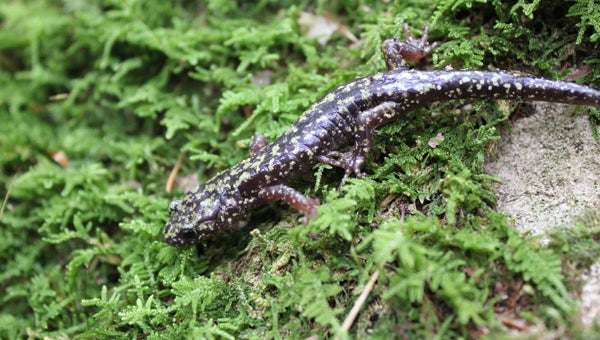Seeking out Polk County’s most wanted-habitat
Published 12:13 pm Monday, March 4, 2013
In an effort to expand the knowledge and understanding of the flora and fauna of Polk County, the Pacolet Area Conservancy (PAC) and botanist, David Campbell need your help in locating this month’s “Most Wanted-Habitat.”
While PAC is interested in “Polk County’s Most Wanted-Plants,” at times, especially during the winter months, PAC may highlight “Polk County’s Most Wanted-Animal,” or habitat that supports that animal.
This month, PAC needs your help locating a special habitat that may be suitable for the Green Salamander (Aneides aeneus). Of the more than 60 known species of salamander in North Carolina, the Green Salamander is the only species that is listed by the state of North Carolina as Endangered. The Green Salamander is also considered a federal Special Concern.
The Green Salamander is most commonly found in the Appalachian Mountains, from southwestern Pennsylvania south/southwest to Central Alabama, with isolated, “disjunct,” populations occurring in the Hickory Nut Gorge and Blue Ridge Mountains of North Carolina, Upstate South Carolina, and the mountains of Georgia. For most of the year, the Green Salamander can be found in the crevices of shaded rock outcrops in mixed mesophytic (moist) forests. The rock outcrops are usually shaded by rhododendron, hemlock or other fairly dense cover; rocks that get a lot of sun do not provide a suitable habitat for the Green Salamander.
The rocks need to have damp/humid crevices; they cannot be wet nor have water running over them. The crevices need to be free of dirt and they need to be fairly narrow; Green Salamanders like to feel the rock on their backs. Any crevices that house crickets will not contain the Green Salamander; however, the salamanders will cohabitate with slugs.






